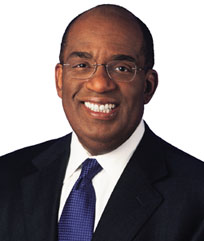It has happened to heads of
state and titans of business: the presence of a live microphone at the wrong
time and place. Even the seasoned spokesperson
may make regrettable statements at the close of a recorded interview thinking the
microphone--and camera--have been turned off.
You would think that even
experienced public figures should know better.
But they are human. In truth, it is difficult to stay guarded and
on message all of the time.
Consider these open mic incidents
that made international headlines:
Former British Prime Minister Gordon Brown called a senior
citizen a "bigot" on a BBC wireless mic from inside what he thought was the privacy of his
chauffeured limousine. Or an incident
from 2000 when then-Governor George W. Bush mumbled to his running mate Dick
Cheney that a New York Times reporter in the crowd was a “major league a-hole.” The off-handed insult was picked up by an
open microphone on the podium of the stage.
There have been hundreds of incidents like these in the news
recently. And, the heated debate of the 2012
presidential campaign season increases dramatically the probability that gaffes
will happen daily.
On the corporate front, CEOs have been known to make unplanned
comments in elevators, rest rooms, gyms and hair salons. Take the case of the president of a pharmaceutical
company who got into a crowded hotel elevator after delivering disappointing
news to a room full of industry analysts, shareholders and trade reporters.
With a sigh of relief, he said: “Lucky they didn’t ask about the
rumored merger ‘cause I would have had to come clean.” A reporter riding the same elevator overheard
the comment and pursued the story. It ran the next day, discrediting the
integrity of the CEO and tarnishing the company’s reputation.
Moral of the story: resist the urge to vent
emotionally anywhere near an open microphone or recording device. An elevator, limousine, gym, hotel bar and
airplane are not places for comments or conversations about prickly subjects. Remember that smartphones and the Internet
have blurred the lines between traditional and citizen journalism. Anyone with an
iPhone can record your voice or capture your image in a compromising way and
instantly make it public.












